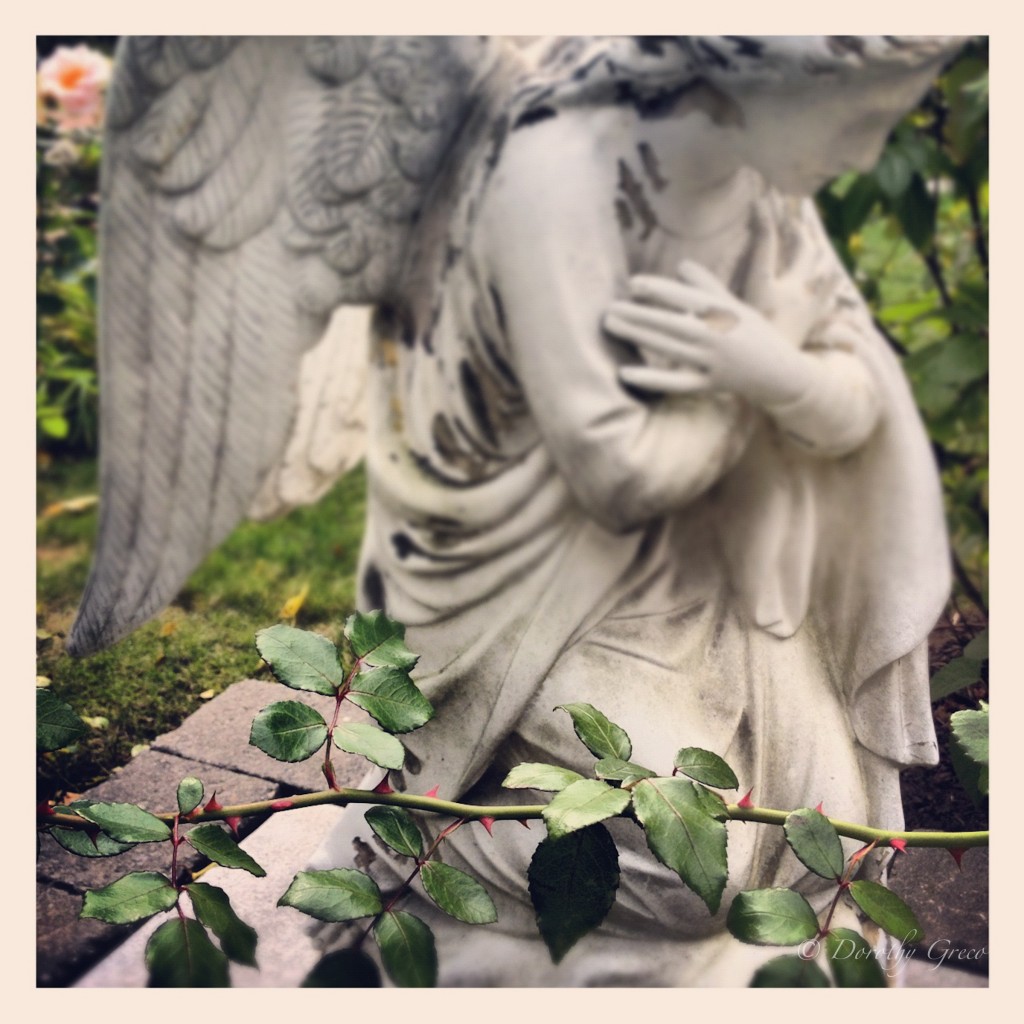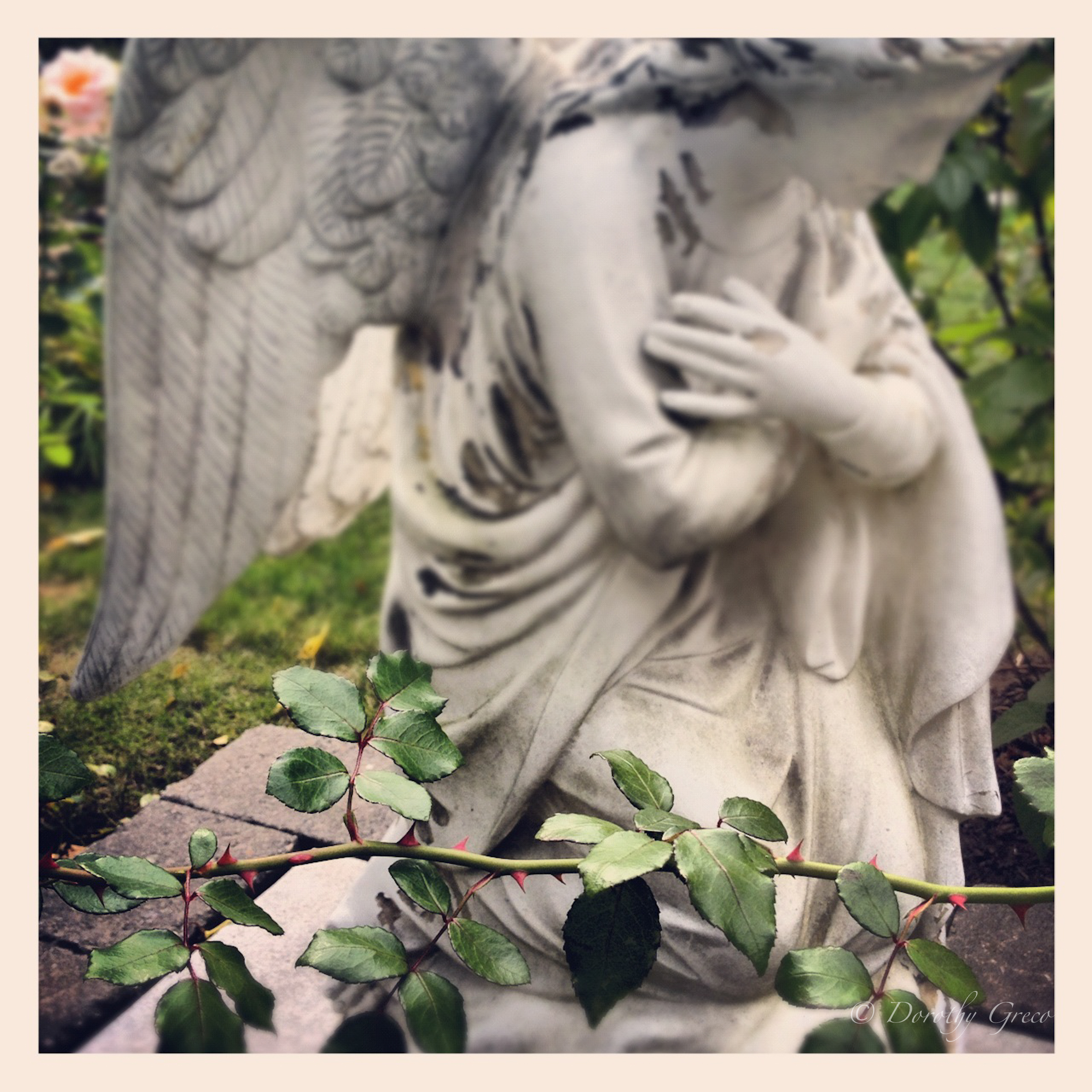
What happened between the crucifixion and the resurrection? Scripture reveals little, telling us only that Christ descended into hell. Whether you read that literally or figuratively, it feels an apt description for those seasons in our life when we feel buried alive.
At some point, everyone of us will find ourselves in the metaphorical tomb of suffering. And none of us ever want to be there.
An observation about westerners—we like being in control. An ancillary—we hate waiting. When we enter the tomb of suffering, we have about as much control over the logistics as when we try to brake on black-ice. The week prior to his crucifixion, Jesus had triumphantly entered Jerusalem. It was the pinnacle of his earthly reign. Five days later, Roman guards nailed him to a cross. Even though Jesus had forecast his impending death, his disciples were stunned. As Joseph of Arimathea and Nicodemus prepared the Savior’s body for burial, the disciples surely had their own experience of being locked in a sepulcher of fear and grief.
When the tomb door closes behind us, any illusion of power disappears in the darkness. We choke down an unfamiliar cocktail of shock, protest, and claustrophobia. We want to makes sense of what’s happening. We want the pain to disappear. We want to find the door and escape this hell. Our inability to do so makes us feel all the more out of control and hopeless.
Though we face an incredible loss of control and loss of objectivity during these junctures, we do have power over how we respond when we are in the tomb. Jerry Sittser writes in A Grace Disguised,
“The decision to face the darkness, even if it led to overwhelming pain, showed me that the experience of loss itself does not have to be the defining moment of our lives. Instead, the defining moment can be our response to the loss. It’s not what happens to us that matters as much as what happens in us.”
A moment of self-reflection will reveal what’s happening in us: fear, anxiety, confusion, despair, and rage, to name a few. We alternate between weeping, clawing the dirt trying to dig our way out, and lying on the marble slab exhausted from our vain efforts. In that space of coming to the end of ourselves, we realize our desperate need for a Savior. We can move toward Him—or not. Choosing faith in that posture does not mean that we disregard our emotions or deny our reality but rather that we allow suffering to re-arrange our inner landscape.
James wrote to the Jewish Christians (who were brutally persecuted by both Jews and Romans),
“Consider it pure joy my brothers and sisters whenever you face trials of many kinds because you know that the testing of your faith produces perseverance. Let perseverance finish its work so that you may be mature and complete, not lacking anything.” (James 1:2-4)
For many years, I hated that verse. I felt like I was being force-fed happiness. And furthermore, it wasn’t perseverance that I wanted. But after having several stints in tombs, I wonder if those verses could be translated as, Would you consider choosing joy in the midst of your suffering because what you are going through has the potential to help you grow? Saying yes invites hope into the tomb and the presence of hope is a game-changer.
We can now wait with expectancy rather than dread. As our eyes gradually adjust, we make startling discoveries. There in the corner sits a friend holding us up in prayer. We hear Jesus’ voice speaking of his love for us. And we believe it. Perhaps for the first time. For me, the most unexpected gift has been the expansion of my soul. Pre-tomb, I was an emotional agnostic. Then, grief broke my heart open. It was as if the pain created room for a full-range of healthy emotions including empathy, anger, and joy.
Such radical transformation doesn’t happen magically. We must both actively partner with God and humbly wait for his resurrection power to breathe life into us. When we do, our life will change. We will no longer read of tragedies without being moved to tears, prayer, and acts of service. We will intentionally make eye contact and speak respectfully with the homeless man we pass on the way to work because we understand just a bit of his despair. We will spend our vacations building homes for the homeless or digging wells for the thirsty. We will challenge the status quo with regard to racial injustice. In other words, we will become more like Jesus.
And it’s for this reason that we must not rush from the crucifixion to the resurrection; we must remain in the tomb until God rolls away the stone.
A shortened version of this article appeared in Relevant Magazine on Good Friday, 2013

So glad you shared this.
We’re too quick to gloss over Friday and Saturday and skip straight to resurrection, which mirrors our discomfort with lament in our own everyday lives. We’re not very cooperative about sitting in our dark tombs.
That’s for sure. There are some seasons when the 2 days seems to stretch on forever. In those times, I so want Sunday to come. And yet when I wait, the work that gets accomplished in my soul always feels worth it.
I missed this last year. I needed it this year. Beautifully written and speaks from a dark time I remember to a dark time I won’t forget that is, happily, beginning to reach some kind of end.